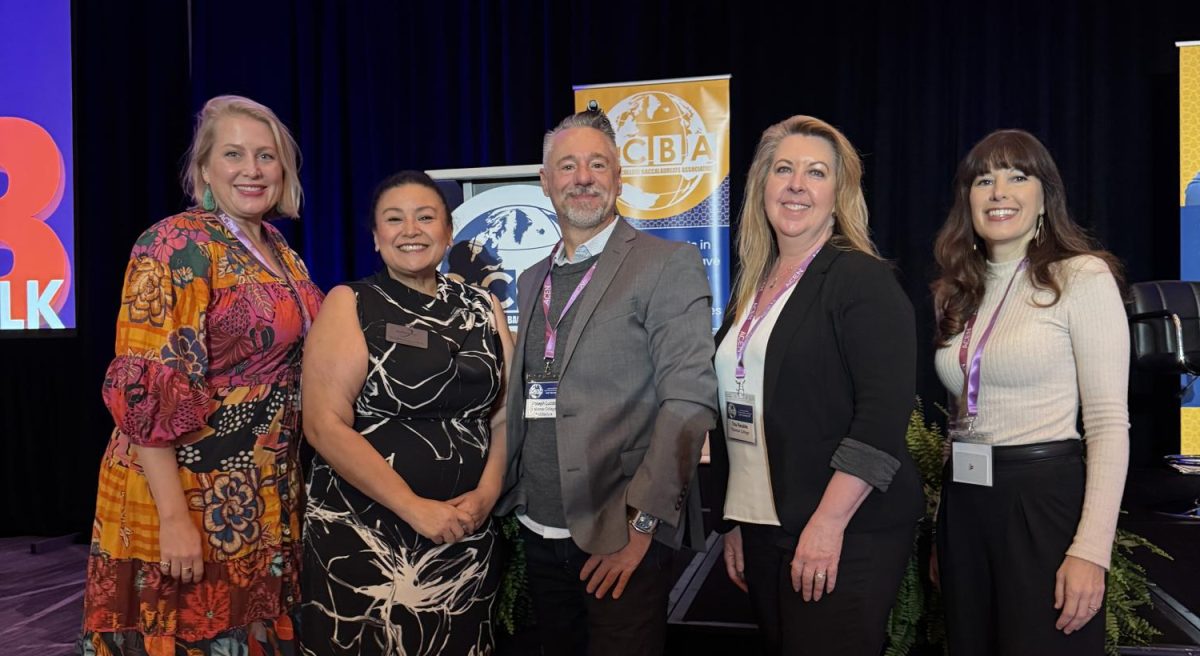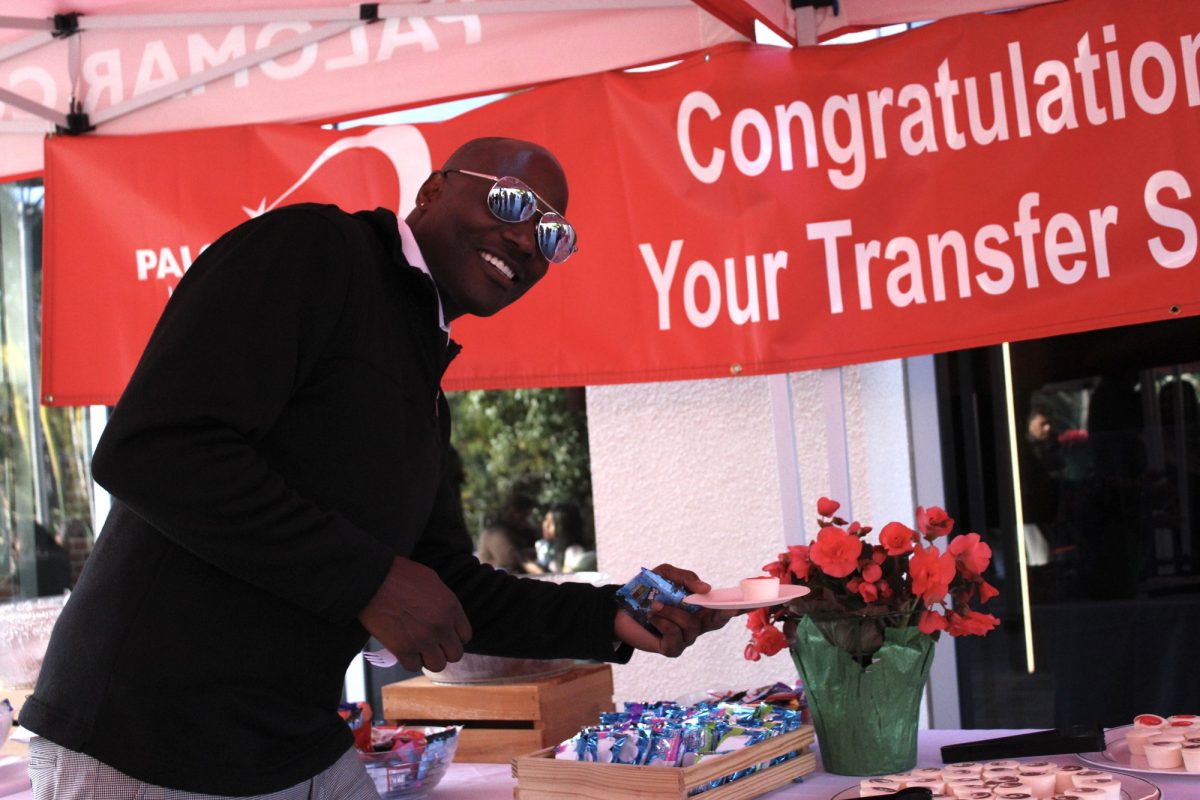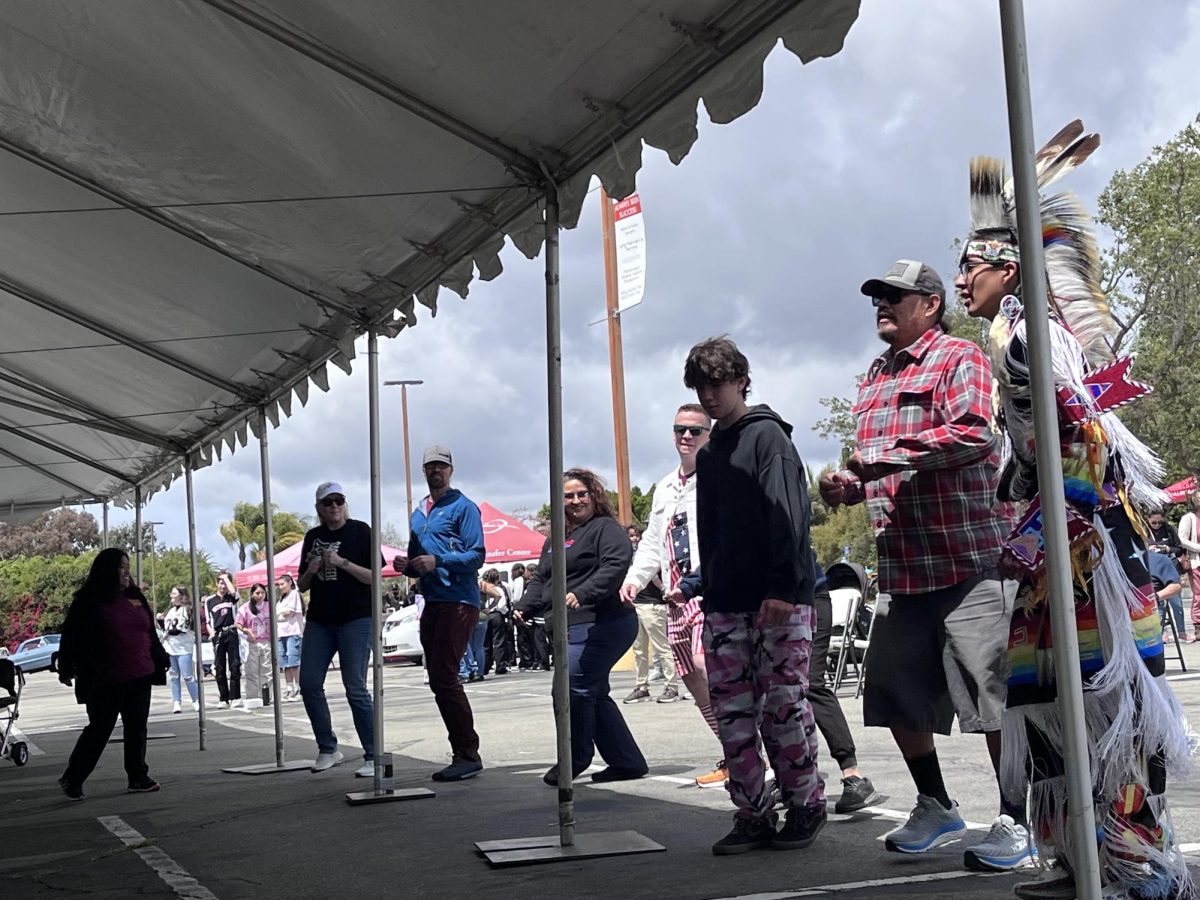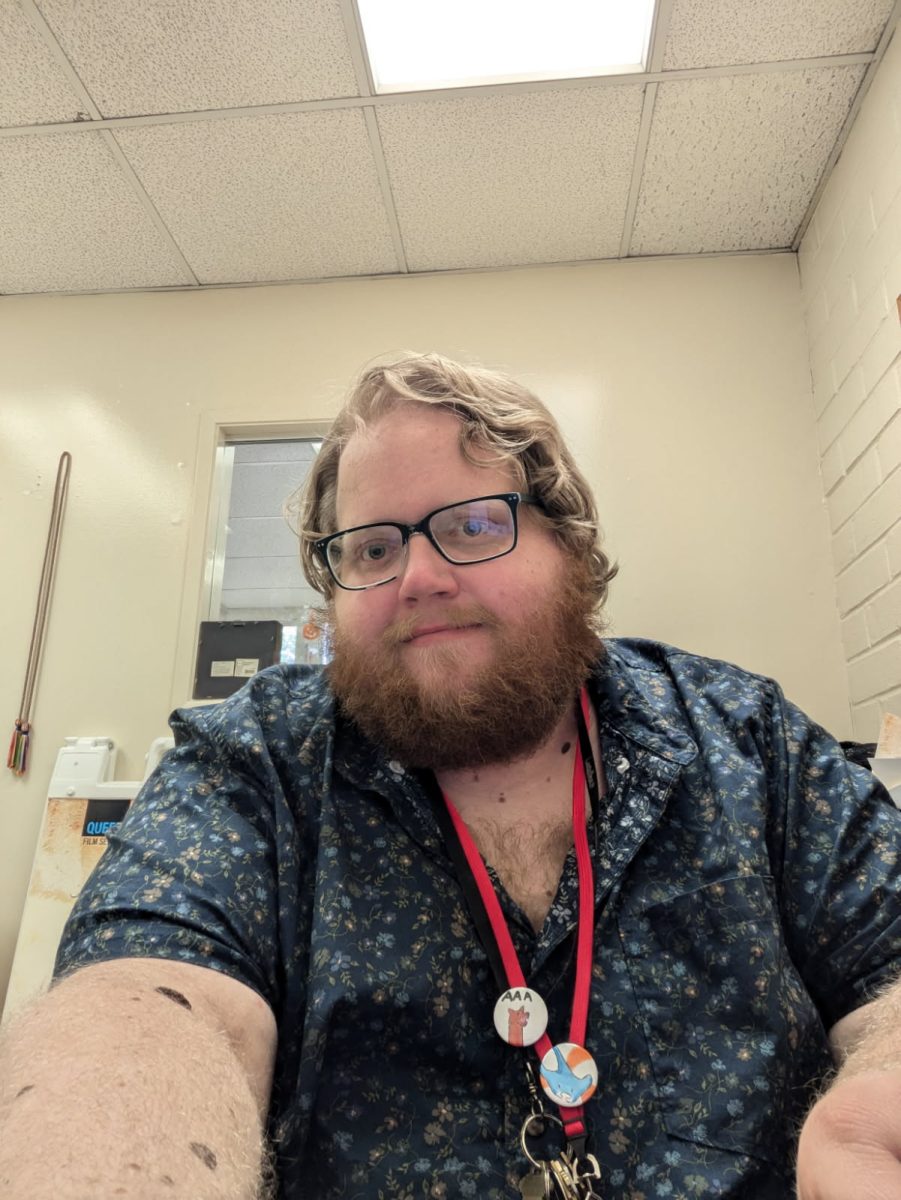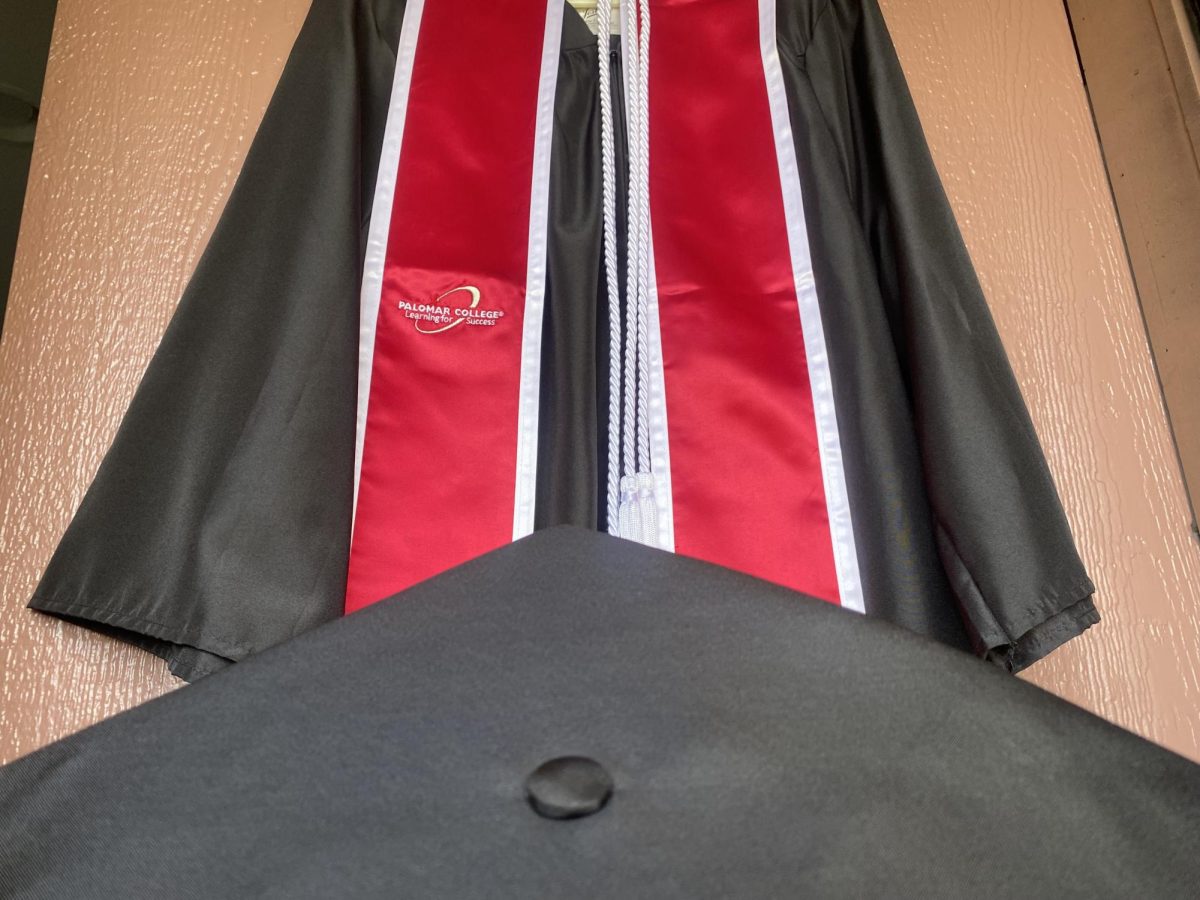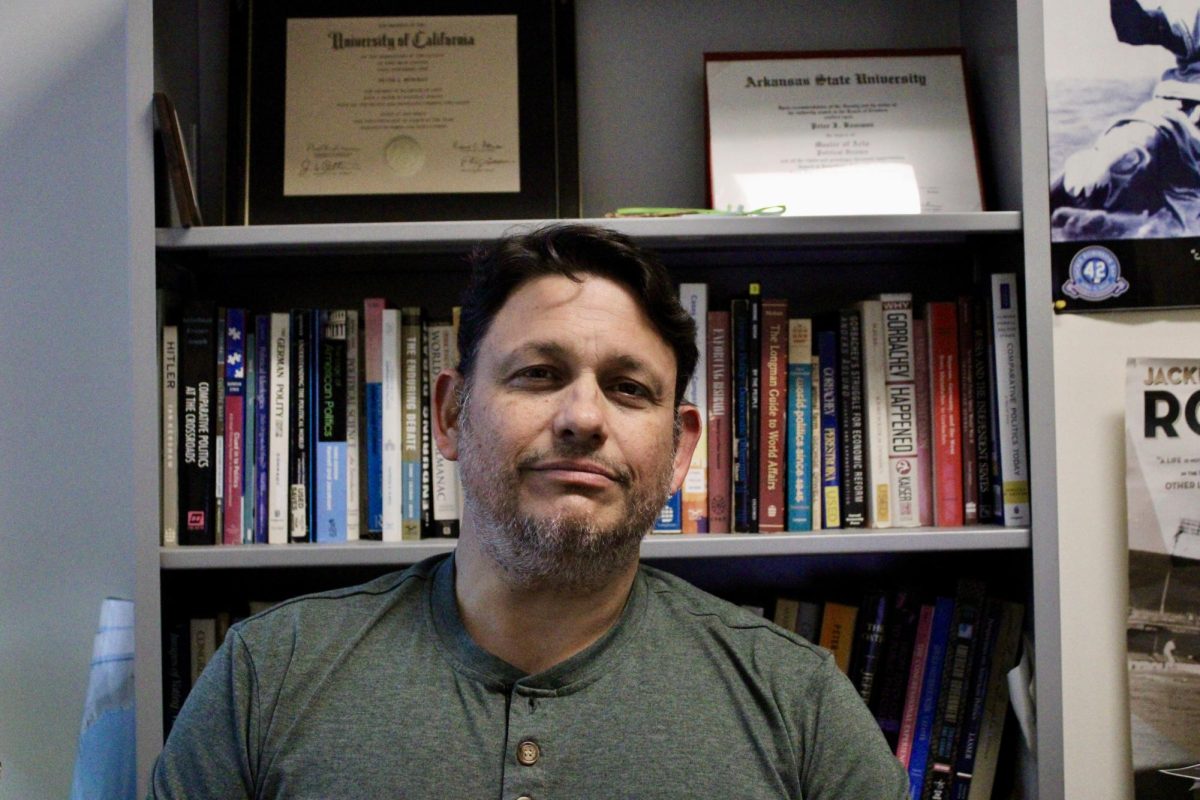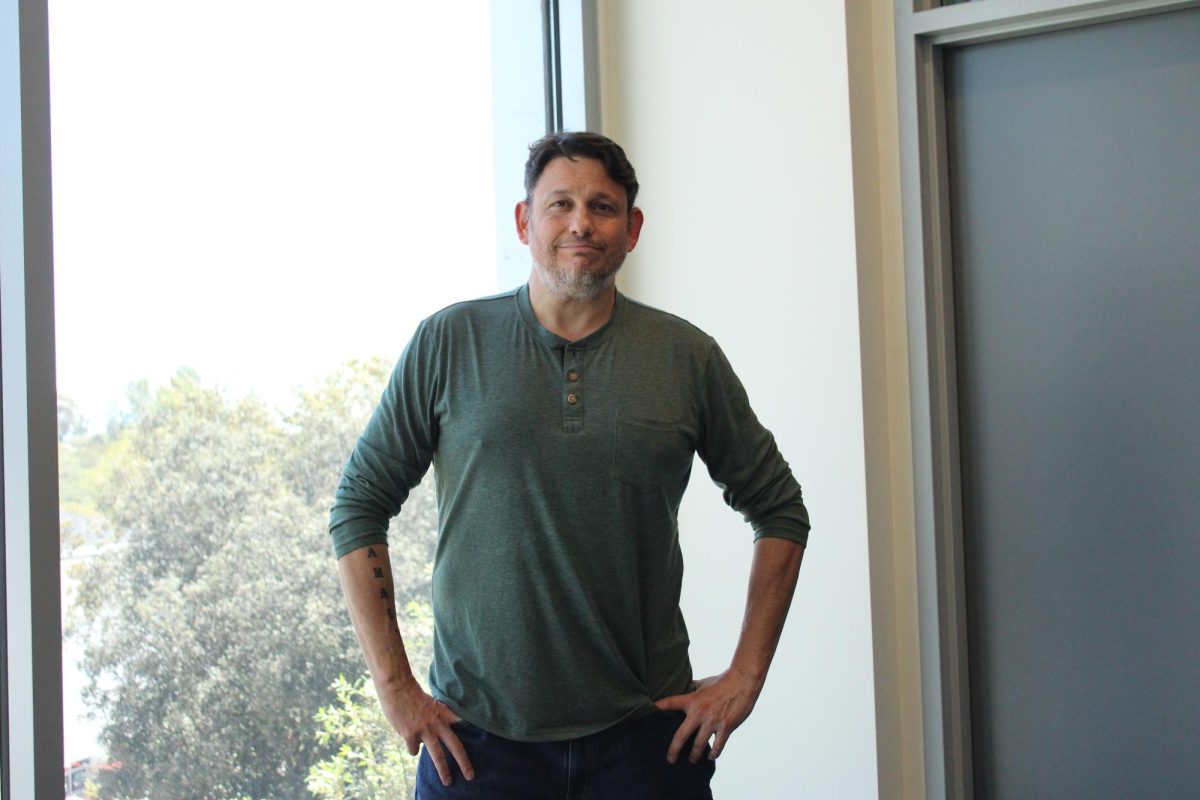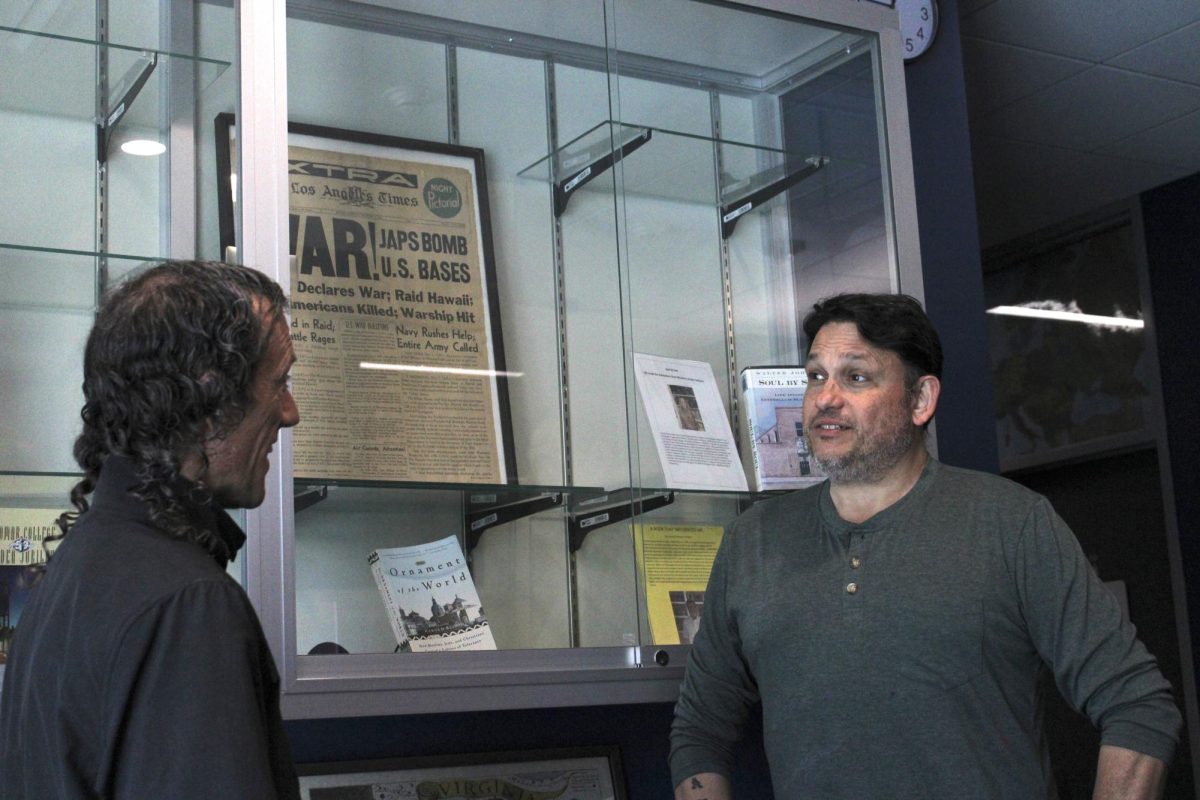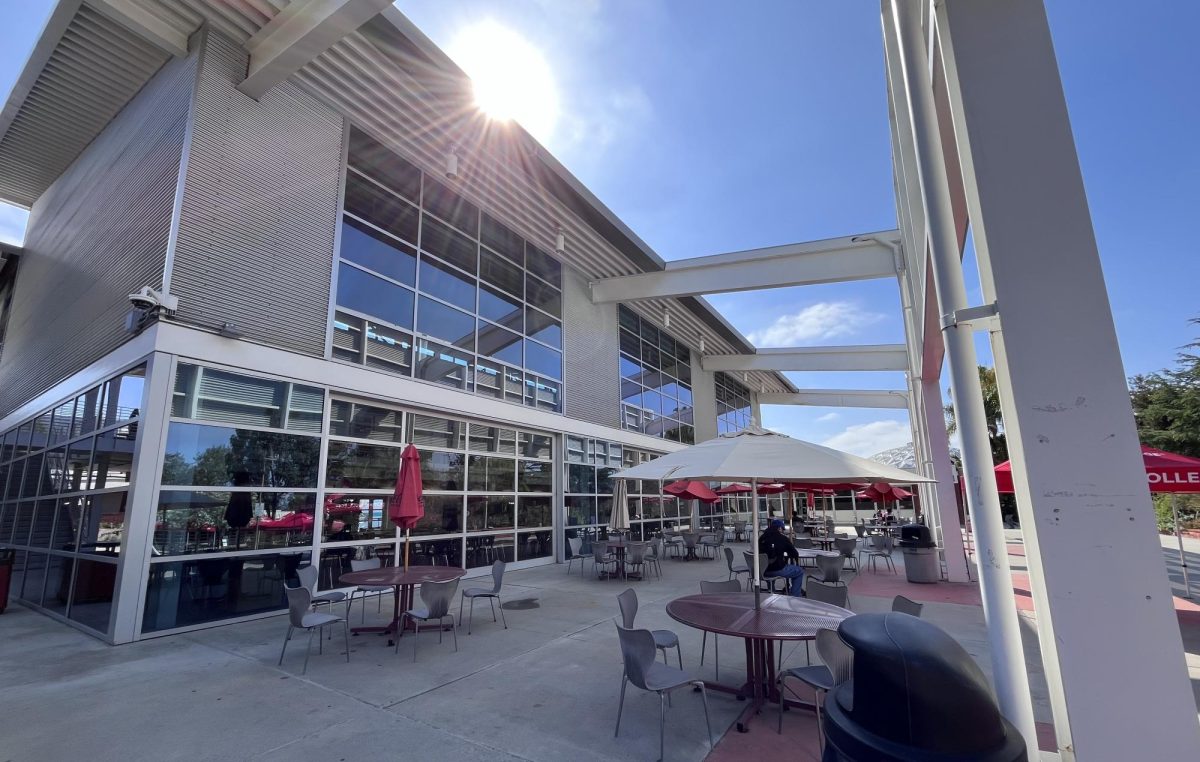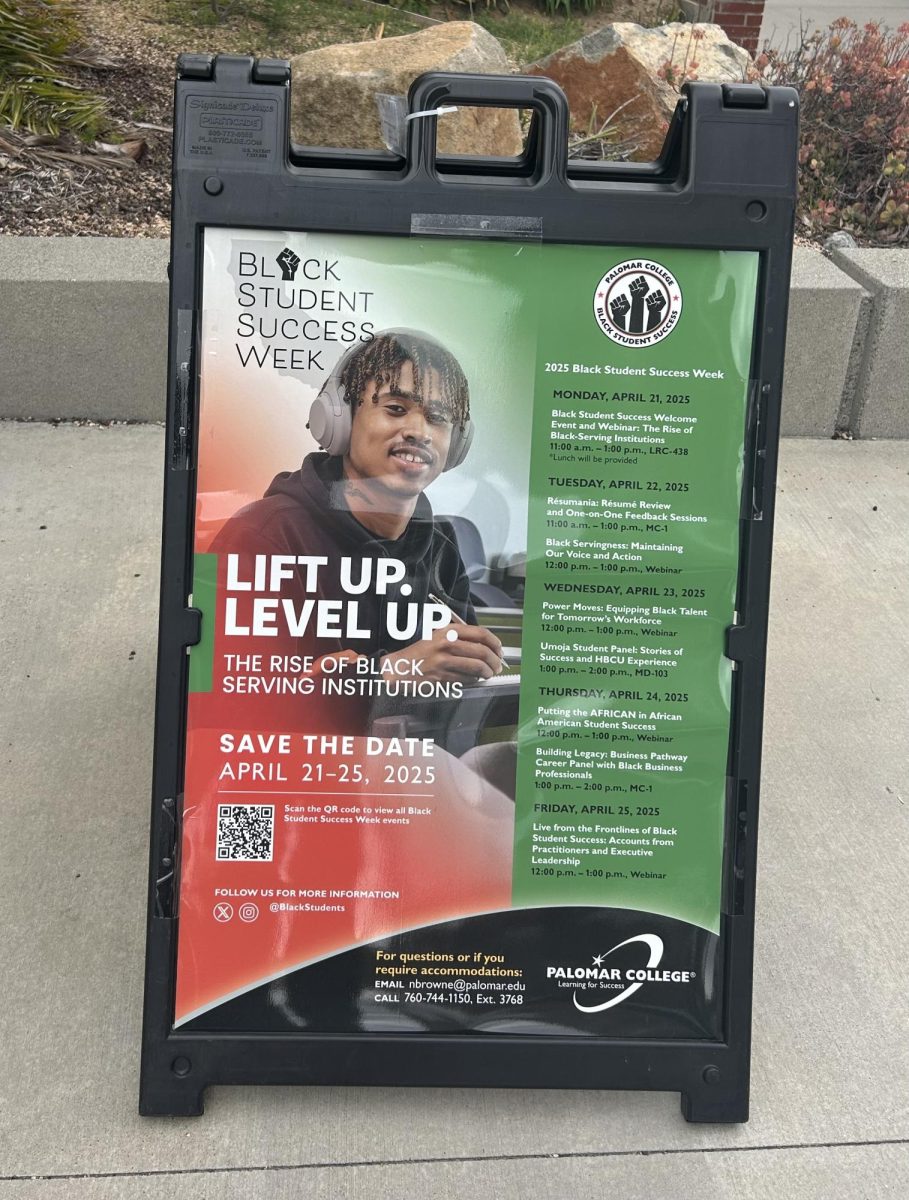Palomar officials are trying to help students of “disproportionate impact:” veterans, foster youth, African Americans, students with disabilities, Hispanics, and students age 25-49 who are unprepared for college level courses.
The Student Equity Plan is a three-year plan dedicated to helping groups of students who are disproportionally failing to meet their academic goals. The program is led by Olga Diaz, the new director of Student Success and Equity Counseling Services. If the name is familiar it is because Diaz ran for mayor of Escondido in 2014 and is a dual term member of the city council in Escondido.
According to Diaz, the plan is state funded and is continually changing with continual review and updates. The Student Equity plan works with the Student Success and Support program (3SP), but one difference is that the 3SP applies to all students and funds resources such as counselors for all. The plan will fund additional resources for veterans, African Americans, foster youth, disabled students, and males, especially Hispanic.
The plan’s groups were chosen after an analysis of the student body revealed that certain groups are struggling to meet their academic goals at a disproportionate rate. The Student Equity Plan has several goals to help remedy the issues these groups are having.
Taken from the Student Equity Plan report 2014 – 2017.
- Increase the enrollment of veterans by 5 percent over the next 3 years
- Increase course success rate of foster youth by 5 percent over the next three years
- Increase amount of African American students who complete their basic skills courses by 55 over the next three years
- Increase amount of males ages 25 – 49, and Hispanic students who complete the ESL basic skills courses by 5 percent over the next 3 years
- Increase amount of Disabled Student Programs and Services (DSPS) students who complete English skills courses by 2 percent over the next 3 years
- Increase amount of underprepared students aged 25 – 49 who complete their studies by 2 percent over the next three years
- Increase the amount of African American students who earn degrees and certificates by 2 percent over the next three years
- Increase amount of DSPS students who are on track to complete their studies by 2 percent over the next three years.
Several strategies are in place to aid the previously mentioned goals. Most goals are being supported with extra counseling for the groups and integration with the Summer Bridge and First Year Experience programs.
Other activities will be done in order to help reach the goals. Plans include accurately identifying foster youth in Palomar’s database, improve data collection on subpopulations at Palomar College, such as veterans and foster youth, and mandatory orientations for underprepared students.
The program seeks to identify the needs and obstacles that DSPS students are facing in their studies and equip the faculty with tools to identify those students and aid them via campus referrals.
According to the report, other sources of funding will be used including the college’s main account, called the general fund, Financial Aid, and scholarship money. These programs are available for students to take advantage of in addition to Student Equity plans.
Not all agree with the Equity plan. Business major Jordan Conaway, 27 believes there should be other programs that should be “helping people [that are] excluded.” Conaway also does not “think that funding is necessary” for this program as there are ones similar to it.
Zoology major Renato Rodante, 18, approves of the Student Equity Plan because it “helps people in need” and it provides resources to disadvantaged groups. Rodante says “If it helps people out I’m all for it. I like where [the funding] is going.”


